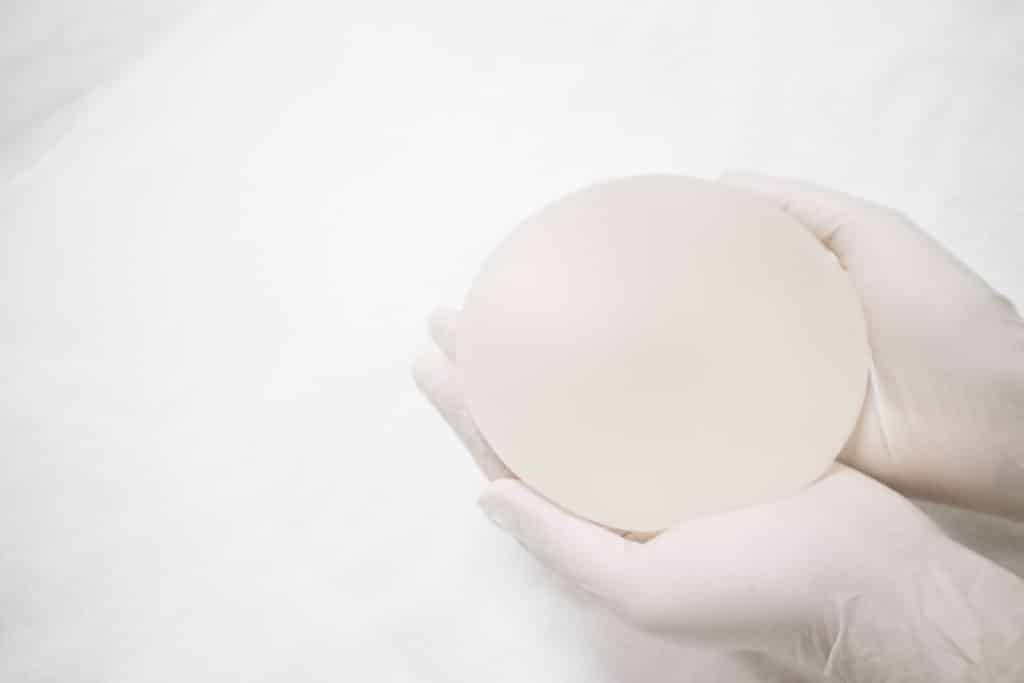Mini Facelift vs. Full Facelift: Choosing the Right Cosmetic Procedure for You
In the pursuit of a more youthful and rejuvenated appearance, many individuals turn to cosmetic procedures like facelifts. As technology and medical advancements continue to evolve, patients are presented with a range of options tailored to their needs and desired outcomes. Among these options, the mini facelift and full facelift stand out as popular choices. Each procedure offers its own set of benefits and considerations, making it important for patients to understand the key differences between them before making a decision.
The Basics: What Are Mini Facelift and Full Facelift?
A facelift, also known as rhytidectomy, is a surgical procedure designed to address signs of aging in the face and neck. It involves the removal of excess skin, tightening of underlying muscles, and repositioning of facial tissues to create a more youthful and smoother appearance. While both mini and full facelifts aim to achieve this result, they differ in scope and complexity.
A mini facelift, as the name suggests, is a less extensive procedure compared to a full facelift. It typically targets specific areas of the face, such as the jowls and lower cheeks. This procedure involves smaller incisions, less tissue manipulation, and a shorter recovery period.
On the other hand, a full facelift is a more comprehensive surgery that addresses a wider range of facial aging concerns. It targets the entire face, including the forehead, cheeks, jowls, and neck. A full facelift involves larger incisions and more extensive tissue repositioning. While the recovery time for a full facelift is generally longer than that of a mini facelift, it can yield more dramatic and lasting results.
Key Differences and Considerations
Scope of Treatment: One of the primary distinctions between the two procedures is the extent of treatment. A mini facelift is ideal for individuals with mild to moderate signs of aging, whereas a full facelift is better suited for those with more advanced aging concerns.
Incisions and Scarring: Mini facelifts typically involve shorter incisions that are strategically placed around the ears and hairline, resulting in minimal scarring. Full facelifts, due to their comprehensive nature, require longer incisions that extend into the hairline and may be more noticeable.
Recovery Time: Mini facelifts generally offer a quicker recovery compared to full facelifts. Patients undergoing a mini facelift can usually return to their normal activities within a shorter period, while full facelift patients might require more downtime.
Results: While both procedures provide effective results, a full facelift often offers more dramatic and long-lasting outcomes. The comprehensive nature of the surgery allows for a more comprehensive correction of facial aging.
Cost: Given the differences in complexity and the extent of treatment, full facelifts tend to be more expensive than mini facelifts. The cost can vary based on factors like the surgeon’s expertise, location, and the specific techniques used.
Choosing the Right Procedure for You
The decision between a mini facelift and a full facelift should be based on individual goals, concerns, and expectations. Consulting with a board-certified plastic surgeon is crucial to determine which procedure aligns with your aesthetic desires and medical considerations. A skilled surgeon will conduct a thorough evaluation of your facial anatomy, skin quality, and aging concerns to recommend the most suitable option.
In conclusion, both mini facelifts and full facelifts offer effective solutions for facial rejuvenation, but they differ in terms of scope, incisions, recovery time, and results. Individuals seeking a less extensive procedure with a quicker recovery might opt for a mini facelift, while those aiming for comprehensive and lasting results might choose a full facelift. Regardless of the choice, prioritizing safety, research, and consultation with a qualified professional is essential to achieve the desired outcome and boost your self-confidence.






